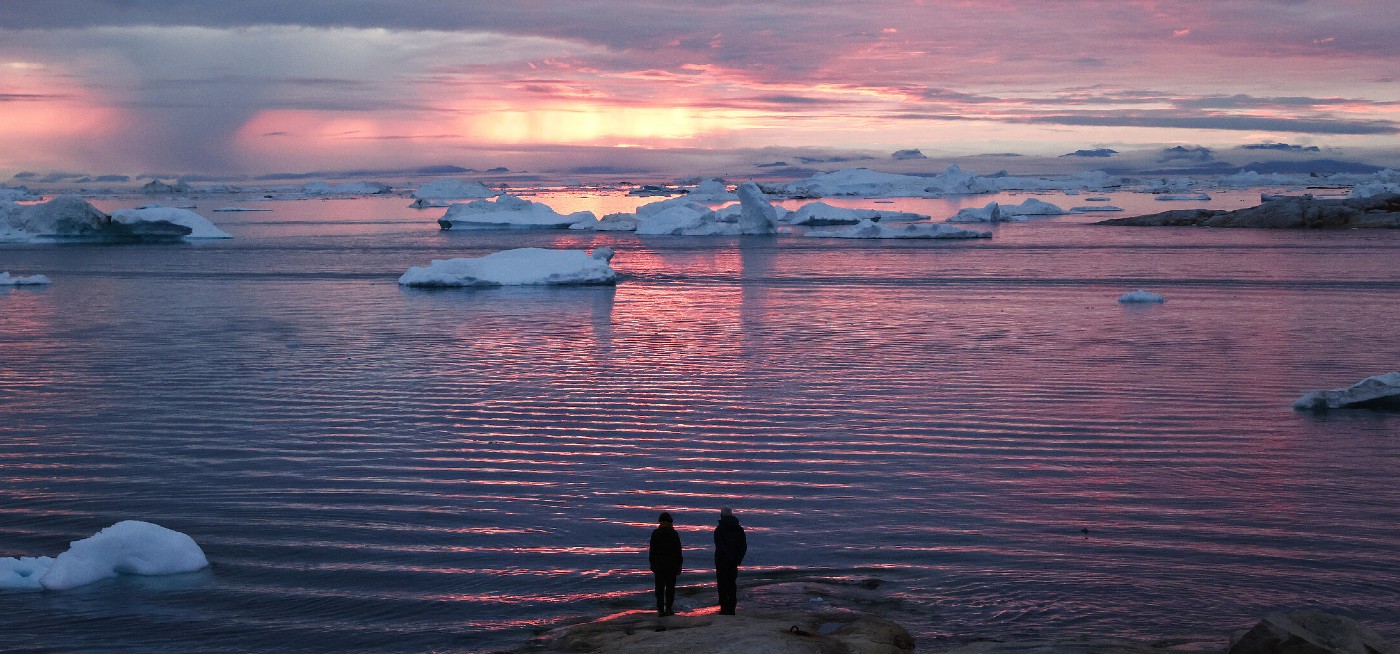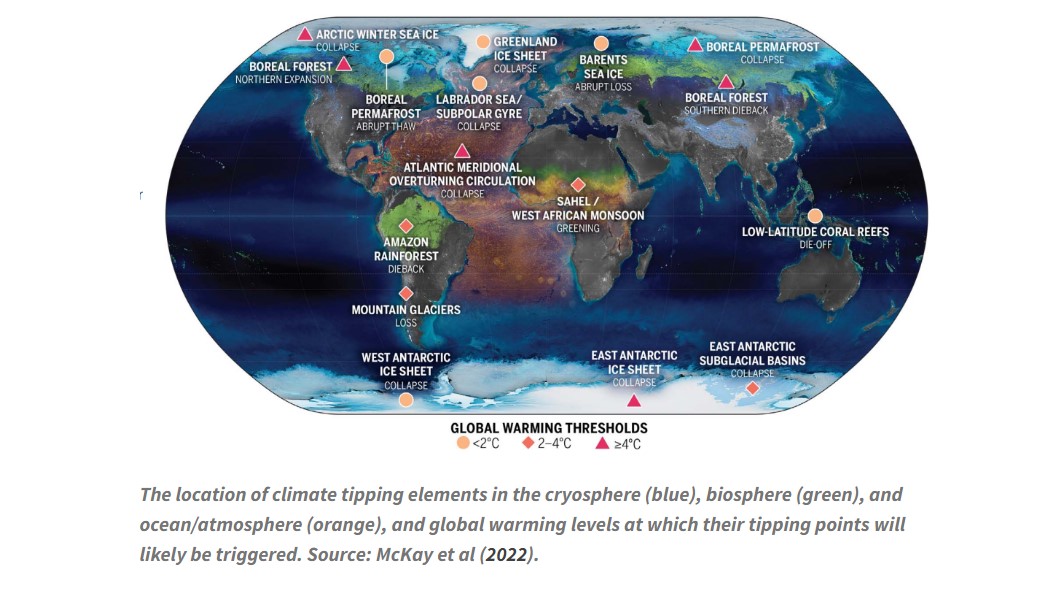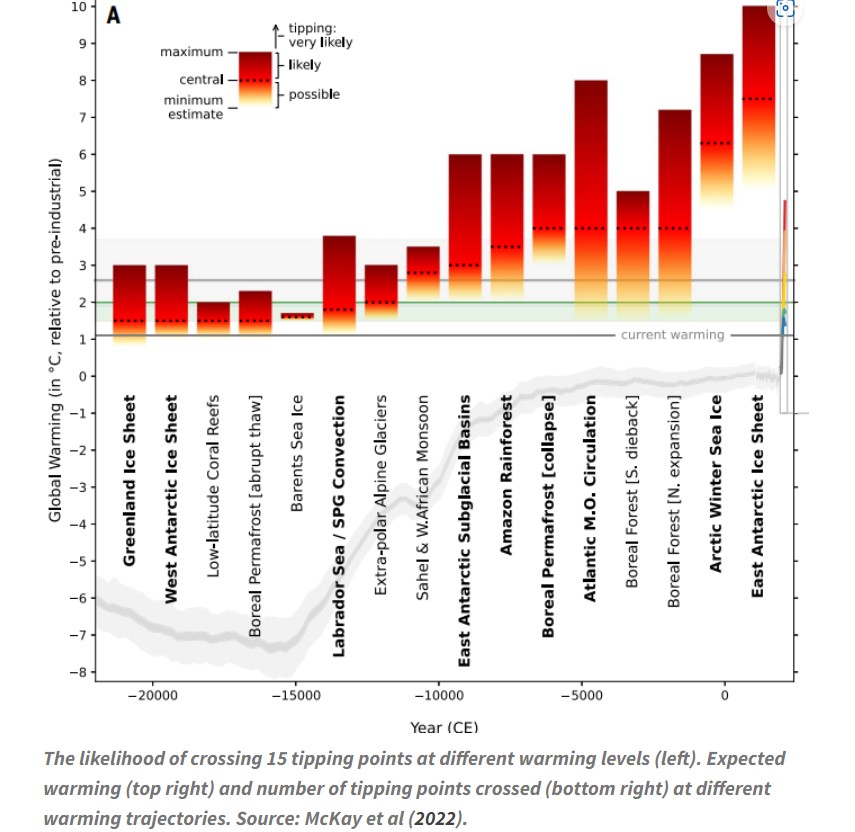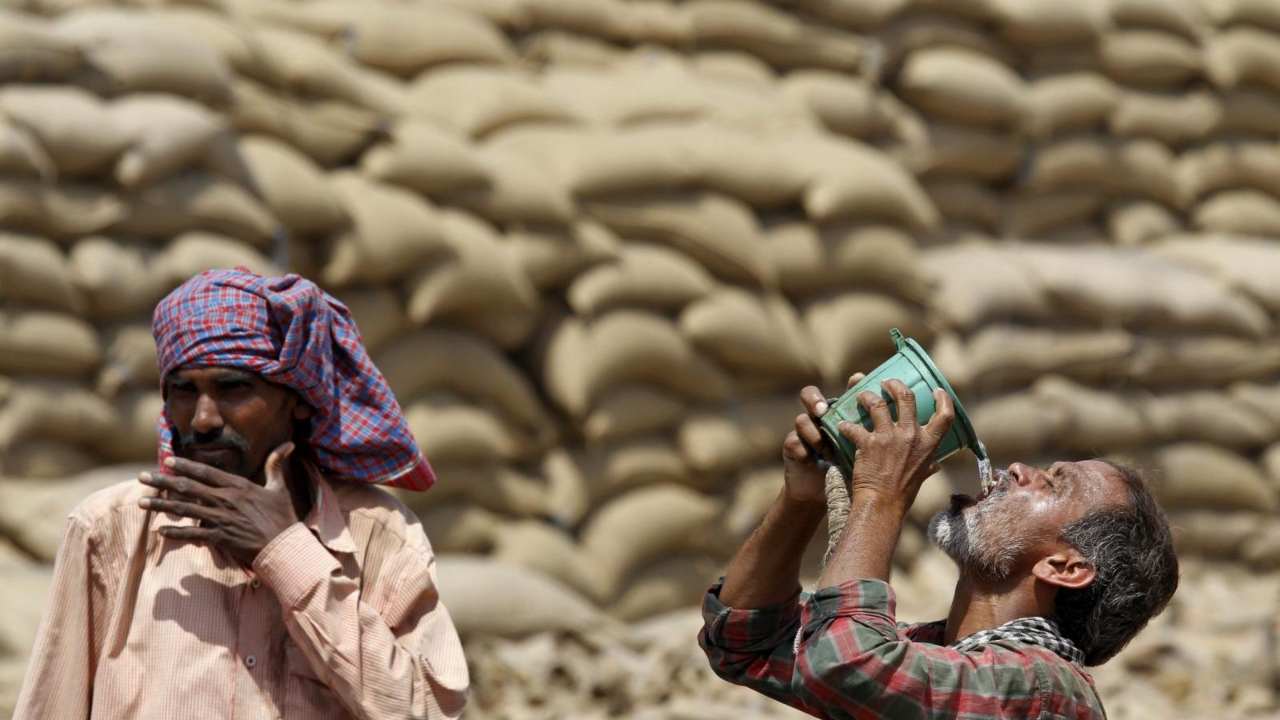Exceeding 1.5°C warming could trigger multiple climate tipping points: Research
Even global warming of 1°C, a threshold that we already have passed, puts us at risk by triggering some tipping points, said the research
By Editorial Team / Sep 13, 2022

Image Courtesy: New York Times
As the world becomes hotter with every passing day, there’s a growing risk to set off multiple climate tipping points (CTPs), according to recent research.
Climate tipping points are conditions beyond which changes in a part of the climate system become self-perpetuating beyond a warming threshold. These changes may lead to abrupt, irreversible, and dangerous impacts with serious implications for humanity.
The study is an updated assessment of the most important climate tipping elements and their potential tipping points, including their temperature thresholds, time scales, and impacts.
The research identified nine global “core” tipping elements that contribute substantially to earth system functioning and seven regional “impact” tipping elements that contribute substantially to human welfare or have great value as unique features of the earth system.
Triggering CTPs leads to significant, policy-relevant impacts, including substantial sea level rise from collapsing ice sheets, dieback of biodiverse biomes such as the Amazon rainforest or warm-water corals, and carbon release from thawing permafrost.
Where do we stand currently?
The study mapped that the current global warming of ~1.1°C above pre-industrial levels already lies within the lower end of five CTP uncertainty ranges. Six CTPs become likely (with a further four possible) within the Paris Agreement range of 1.5 to <2°C warming, including collapse of the Greenland and West Antarctic ice sheets, die-off of low-latitude coral reefs, and widespread abrupt permafrost thaw. An additional CTP becomes likely and another three possible at the ~2.6°C of warming expected under current policies.
Parts of the West Antarctic ice sheet may have already passed a tipping point, the research found. Potential early warning signals of the Greenland ice sheet, Atlantic Meridional Overturning Circulation, and Amazon rainforest destabilisation have also been detected.
Crossing these CTPs can generate positive feedbacks that increase the likelihood of crossing other CTPs, forming a loop which self-perpetuates. Currently, the world is heading toward ~2 to 3°C of global warming. At best, if all net-zero pledges and nationally determined contributions are implemented it could reach just below 2°C. This would lower tipping point risks somewhat, but would still be dangerous as it could trigger multiple climate tipping points.

Triggering CTPs leads to significant, policy-relevant impacts, including substantial sea level rise from collapsing ice sheets, dieback of biodiverse biomes such as the Amazon rainforest or warm-water corals, and carbon release from thawing permafrost.
Where do we stand currently?
The study mapped that the current global warming of ~1.1°C above pre-industrial levels already lies within the lower end of five CTP uncertainty ranges. Six CTPs become likely (with a further four possible) within the Paris Agreement range of 1.5 to <2°C warming, including collapse of the Greenland and West Antarctic ice sheets, die-off of low-latitude coral reefs, and widespread abrupt permafrost thaw. An additional CTP becomes likely and another three possible at the ~2.6°C of warming expected under current policies.
Parts of the West Antarctic ice sheet may have already passed a tipping point, the research found. Potential early warning signals of the Greenland ice sheet, Atlantic Meridional Overturning Circulation, and Amazon rainforest destabilisation have also been detected.

Crossing these CTPs can generate positive feedbacks that increase the likelihood of crossing other CTPs, forming a loop which self-perpetuates. Currently, the world is heading toward ~2 to 3°C of global warming. At best, if all net-zero pledges and nationally determined contributions are implemented it could reach just below 2°C. This would lower tipping point risks somewhat, but would still be dangerous as it could trigger multiple climate tipping points.
The article was first published in CarbonCopy.

